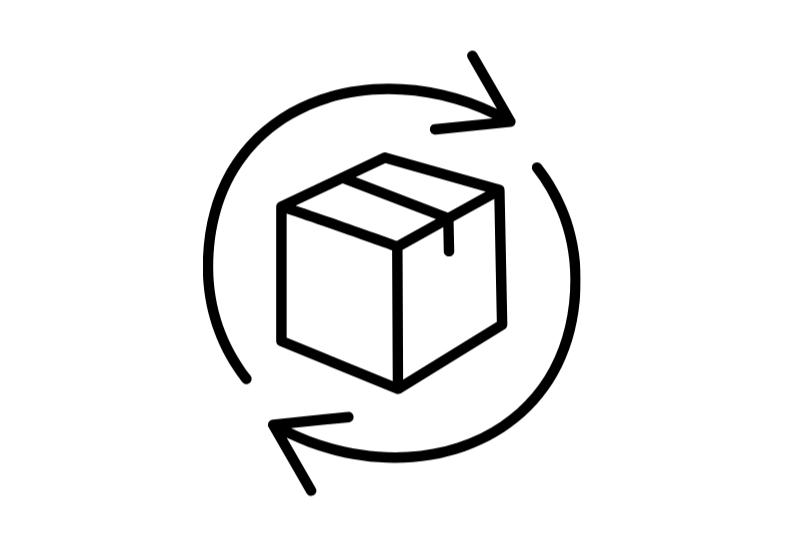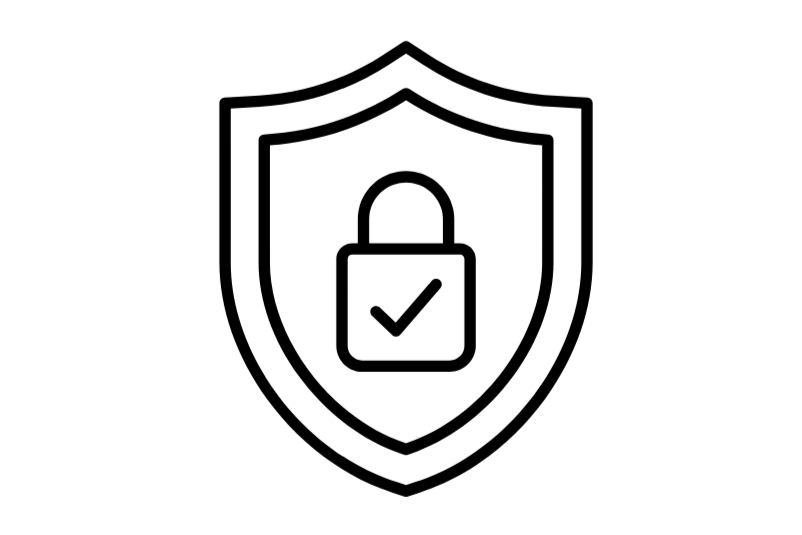Deep Cleansing for Dreadlocks: Why, When & How to Do a Proper Dread Detox
Handmade guidance from Roots of Shiva — Deep clean your locs safely and effectively with our Inflatable Basin for comfortable at-home soaks.
Why deep cleansing matters
Dreadlocks naturally trap dust, sweat, sebum and product residue over time. Even with regular washes, embedded buildup can remain in the core of a loc — causing heaviness, musty smells, itchiness and slower drying. For many people a targeted deep cleanse resets the locs, removes internal grime and refreshes the scalp so your dreadlocks feel lighter and healthier.
Recommended frequency depends on lifestyle: for most people a deep cleanse every 6 months is ideal, but those who work in dusty or dirty environments (construction, outdoor trades, heavy manual work, etc.) may need it more often.
What a proper deep-clean (dread detox) does
A deep-cleansing soak penetrates the hair, loosens trapped dirt and dissolves certain residues that ordinary washing can miss. The classic method combines a warm water and bicarbonate (baking soda) soak to clarify and remove build-up, followed by an apple cider vinegar (ACV) rinse to help restore scalp pH and close the hair cuticle. Many experienced locticians and detoxic kits use this two-step approach.


Equipment we recommend
- Inflatable Basin — a small, comfortable basin that supports the neck and lets you soak your locs while lying down (perfect for at-home deep cleans). Use our Inflatable Basin →
- Warm water (not scalding)
- Bicarbonate of soda (baking soda)
- Apple cider vinegar (raw / unfiltered is common) diluted with warm water
- Towels, a helper (optional but useful), and a place to dry in sun/air
Step-by-step: Deep Cleansing with a Bicarb Soak + ACV Rinse
- Prepare the basin: Inflate and place the basin where you can lie down comfortably (indoors or outside). Use a rolled towel or small cushion to support your neck if needed.
- Fill with warm water: Add enough warm water to fully submerge your dreadlocks without overflowing when you place your head in the basin.
- Add baking soda: Stir in about 1 cup (≈ 250 g) of bicarbonate of soda into the warm water for a full-head soak (adjust smaller for shorter hair). The bicarbonate helps break down and lift oil, dirt and product build-up from inside the locs.
- Soak & massage (10–20 minutes): Lie back so your locs are fully submerged. Gently press and squeeze the locs under the water repeatedly — this mechanical action helps the bicarb solution penetrate and release trapped debris. If possible, have a helper gently squeeze your locs while you relax; otherwise you can do it yourself for 10–15 minutes.
- Drain & rinse: Drain the basin, or carefully sit up and pour away the dirty water. Refill the basin with warm clean water for a quick rinse to remove baking soda residue.
- ACV balancing rinse (5 minutes): Mix a diluted apple cider vinegar rinse (commonly about 1 part ACV to 4–6 parts water — you can start milder and adjust). Soak your locs for around 3–5 minutes while gently massaging; the acidity of ACV helps restore scalp pH and close cuticles after the alkaline bicarb step. Rinse thoroughly afterwards until the water runs clear.
- Final rinse & dry: Squeeze excess water from each loc under running warm water, then blot with a microfiber towel. Thorough drying is critical — allow locs to air-dry in sunlight or use a dryer on warm/cool until fully dry to prevent mildew or musty smells.
Practical tips & safety
- Less is more: Dreadlocks absorb liquid like a sponge — you don’t need an excessive amount of bicarb or ACV. Start with the recommended amounts and increase only if absolutely necessary.
- Test sensitivity: Baking soda is alkaline (pH ~9) and can be drying or irritating for sensitive scalps if used too often. ACV is acidic (pH ~3) so always dilute it — both steps work well together but should not be overused. If you have a sensitive scalp, skin conditions or severe dryness, consult a dermatologist before frequent deep cleans.
- Use a helper: Having someone press and squeeze your locs while they’re submerged makes the soak far more effective and comfortable — especially when using a basin.
- Work in sections: For very thick or long locs, work in manageable sections so each area receives good soaking and squeezing.
- Dry fully: Never go to bed with wet locs. Completely dry them to avoid mildew or “dread rot.”
Who should deep-clean more often?
People who work in dusty, oily or dirty environments (construction, farms, kitchens, etc.), those who use heavier styling products may benefit from more frequent deep cleans — sometimes every 2–3 months instead of 6. Assess your own locs: heaviness, lingering smell, slow drying or visible residue are signs you may need a cleanse sooner.
Aftercare & product suggestions
- Follow the detox with a gentle residue-free shampoo bar to cleanse the scalp and leave natural oils intact.
- Use lightweight oils or sprays only sparingly after the locs are fully dry to avoid rapid re-buildup.
- Consider a professional detangling or retightening session after a deep clean if your locs need maintenance.
Final thoughts
Deep cleansing is essential maintenance for long-term dreadlock health: it removes hidden buildup, refreshes the scalp, and helps locs remain light and strong. For a safe, comfortable at-home detox, an inflatable basin plus the classic bicarbonate soak and diluted ACV rinse is a proven method used across the loctician community — when done carefully and not too often it can make a big difference in loc hygiene and longevity.
Want to try a comfortable deep cleanse at home? Our Inflatable Basin is designed for easy, comfortable bicarb soaks and ACV rinses — perfect for your next deep cleanse.



